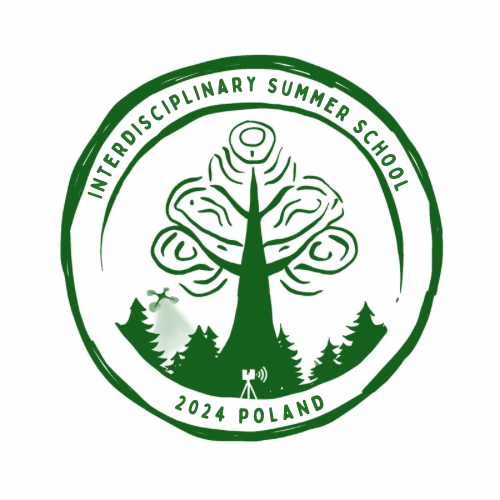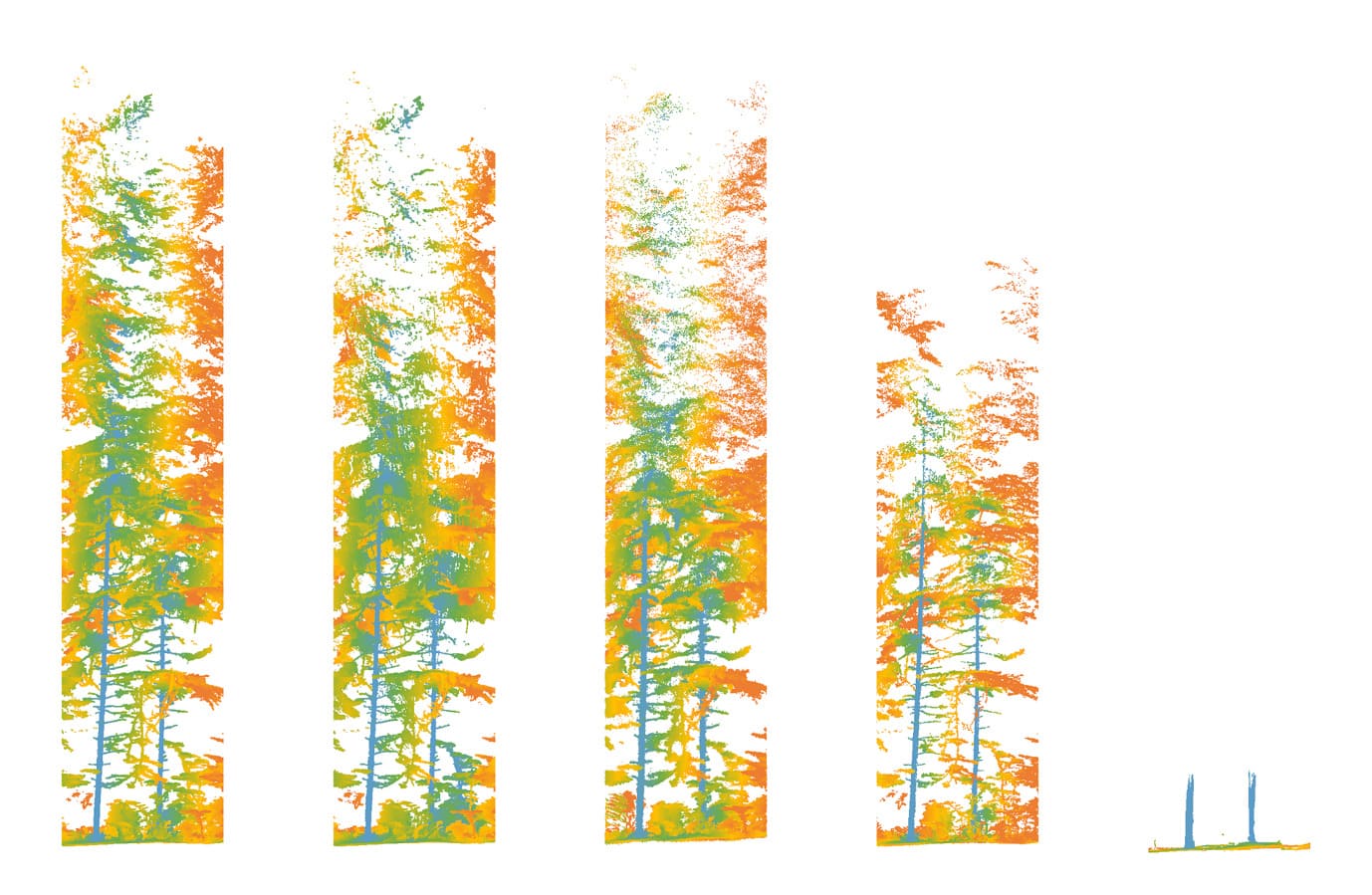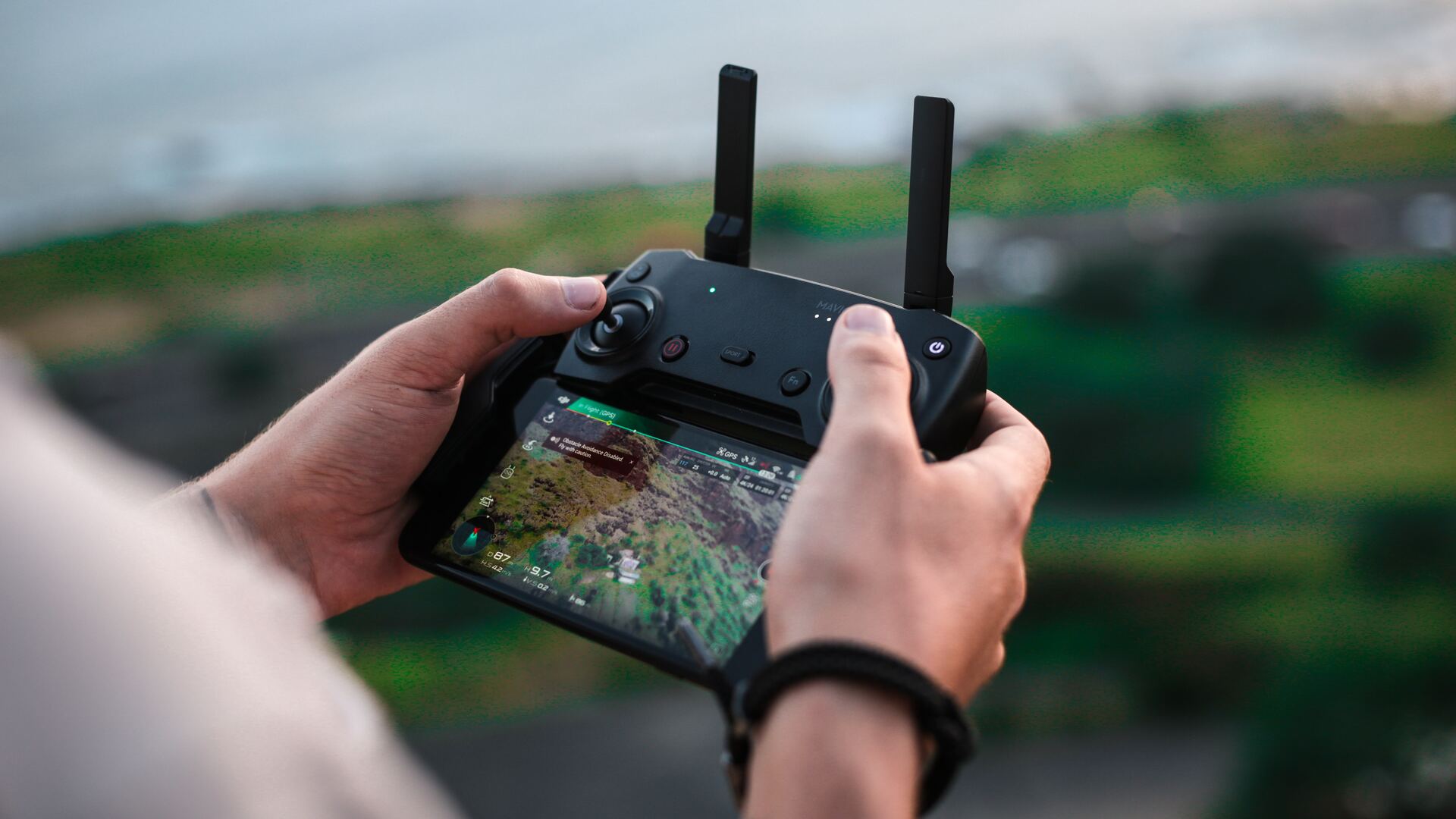Technologies-Biodiversity-Modelling
Aim & Objectives
The increasing rates of changes in environmental conditions put higher pressure on science to provide robust estimates of future ecosystem development. We need robust approaches to measure the current state, understand the processes and then accurately predict the development of forest ecosystems. In this view, the members of three COST Actions (3DForEcoTech, Bottoms-up, PROCLIAS) joined their forces to develop research and training activities to link forest dynamics models with modern technologies and comprehensive biodiversity data.

In regards to close-range technologies, within this summer school, we will introduce the theory and practical work with an emphasis on the analysis of 3D point clouds from terrestrial-based sensors. You will work with technologies such as terrestrial laser scanning, mobile laser scanning, as well as photogrammetric methods. However, the emphasis will be on processing point clouds and using state-of-the-art solutions.

From the point of multi-taxon forest biodiversity, participants will gain a comprehensive view on exploring the multiple facets of diversity. Participants will be guided from biodiversity theory, field sampling up to data analysis, by exploring different approaches to link biodiversity measures to ecosystem structure and functioning.

Considering forest modelling, participants will get a general introduction to empirical and process-based forest modeling. They will create an empirical model using biodiversity observations and use an individual process-based forest ecosystem model for simulating forest development under different scenarios and apply the built empirical model on the results simulated by the process-based model to derive biodiversity indicators.
Target Audience
This summer school is designed for PhD candidates and postdocs from a variety of research fields focusing on forest ecosystems.
During the summer school, we will organise a poster session on the participants’ current research interests, and the work will stimulate open exchange and discussion between students and trainers.
How to apply?
We have approximately 40 places available for this summer school spread across the three topics. Please apply through the form by March 31st, 2023. Each applicant is requested to upload (i) a short motivation letter, (ii) a one-page CV and (iii) a 300-word abstract of the participants’ current work. The organising committee will use this information to decide which candidates will be accepted. Decisions on participation will be communicated in the second half of April 2023.
When & Where? 10/7/2023 – 14/7/2023, Ljubljana, Slovenia
Venue: Slovenian Forestry Institute (Večna pot 2, 1000 Ljubljana)
Contact: 3dforecotech@gmail.com
Participation fee & support: No registration fee. COST actions 3DForEcoTech, BOTTOMS-UP and PROCLIAS will reimburse the costs of selected participants’ travel, accommodation and subsistence. Only applicants from COST countries (https://www.cost.eu/about/members/) are eligible for reimbursement. The costs will be reimbursed only after the completion of summer school. Students from outside these countries can also apply, but they have to use their own funding.
Keynotes
Caio Graco-Roza (University of Helsinki, Finland)
Markus Eichhorn (University College Cork, Ireland)
Katarína Merganičová (Czech University of Life Sciences Prague, Czech Republic)
Mats Mahnken (Potsdam Institute for Climate Impact Research, Germany)
Arne Pommerening (Swedish University of Agricultural Sciences, Sweden)
Carlo Ricotta (Sapienza University of Rome, Italy)
Yunsheng Wang (Finnish Geospatial Research Institute, Finland)
Local organisers
Erika Kozamernik, Mitja Skudnik, Gal Kušar, Luka Krajnc and Anže Martin Pintar

Organisers & Trainers
3DForEcoTech COST Action
Martin Mokroš (Czech University of Life Sciences Prague, Czech Republic)
Carlos Cabo (University of Oviedo, Spain)
Louise Terryn (Ghent University, Belgium)
Kim Calders (Ghent University, Belgium)
Emily Lines (University of Cambridge, UK)
BOTTOMS-UP COST Action
Sabina Burrascano (Sapienza University of Rome, Italy)
Francesco Chianucci (CREA – Research Centre for Forestry and Wood, Italy)
Alessia Portaccio (University of Padua, Italy)
Paolo Giordani (University of Genoa, Italy)
PROCLIAS Cost Action
Laura Dobor (Czech University of Life Sciences Prague, Czech Republic)
OlaIla Díaz-Yáñez (ETH Zurich, D-USYS, Forest Ecology, Switzerland)
Katarína Merganičová (Czech University of Life Sciences Prague, Czech Republic)
Mats Mahnken (Potsdam Institute for Climate Impact Research, Germany)
Sponsor







